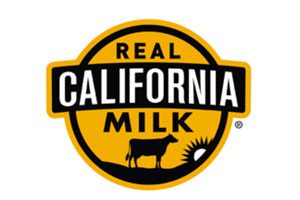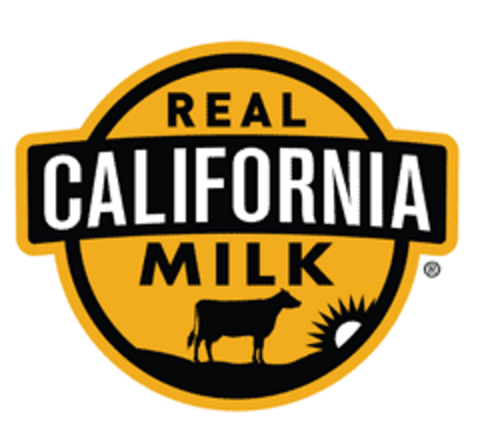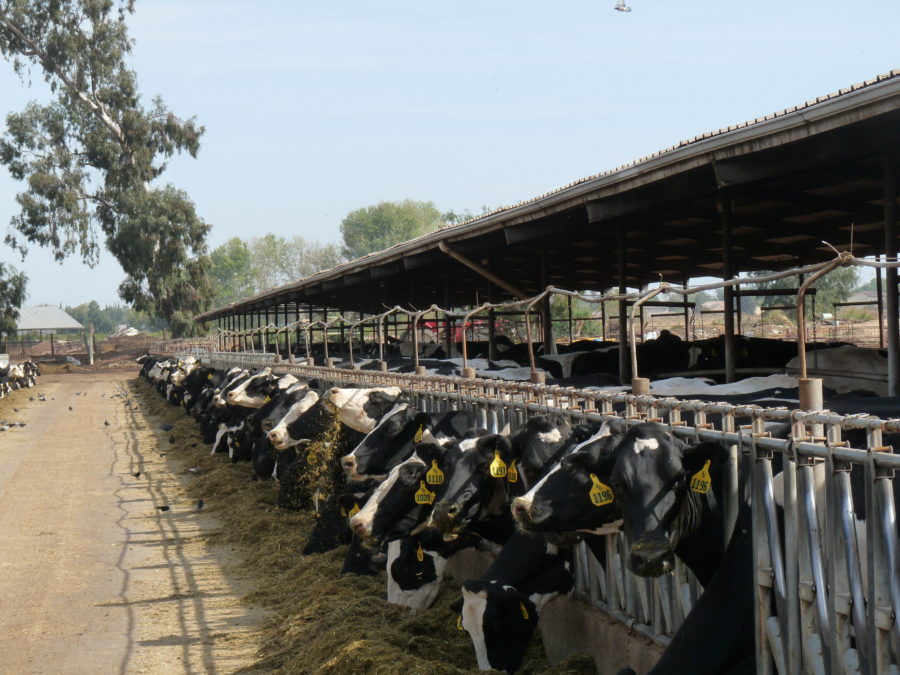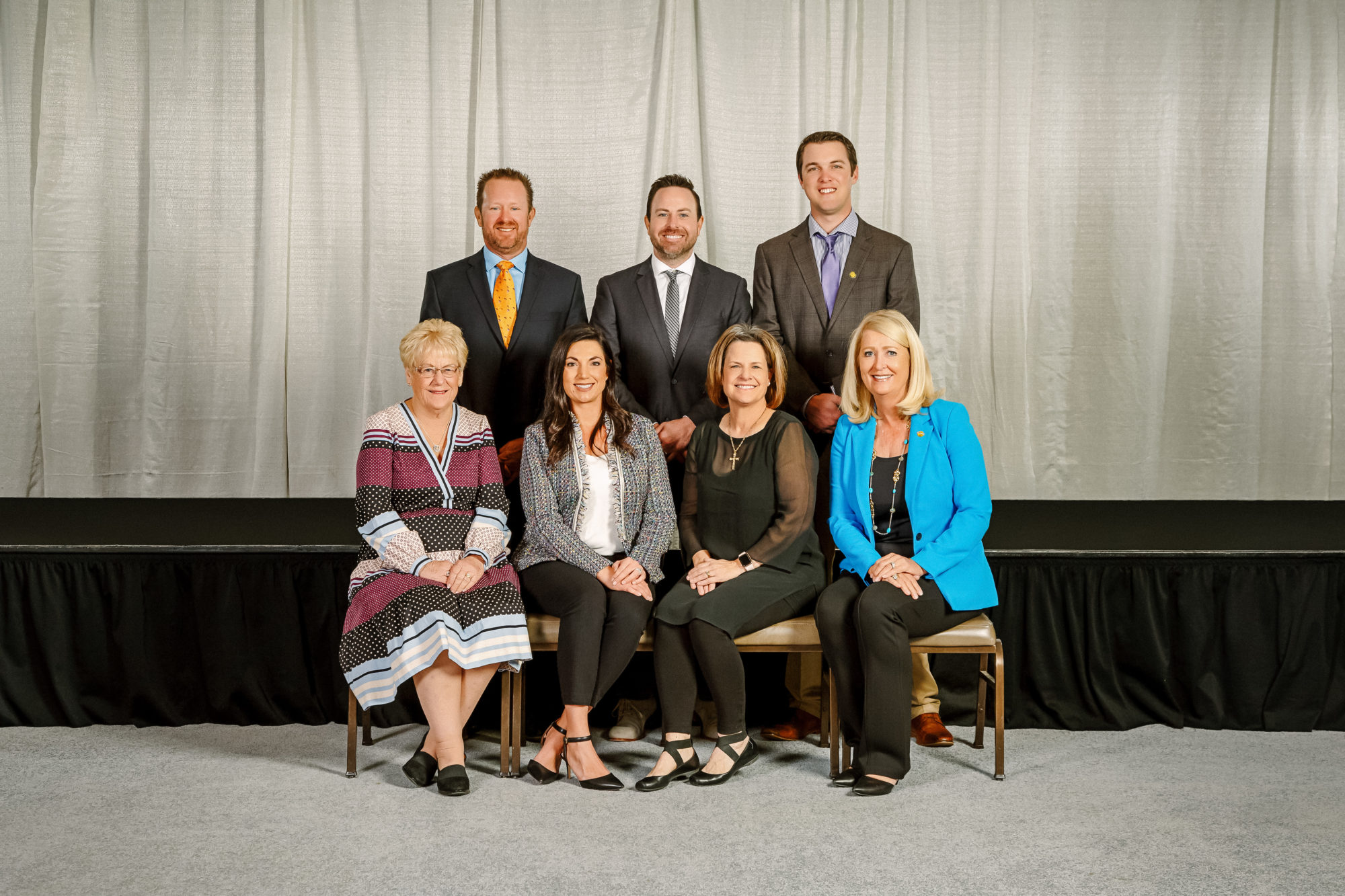Chef Finalists Announced for CADairy2Go!
Real California Milk Foodservice Announces Chef Finalist For CADairy2Go
Finalists compete for over $22,000 in prizes for innovative use of California dairy
The California Milk Advisory Board (CMAB) today announced chef finalists in the inaugural CADairy2Go foodservice competition – a spotlight on “to-go” meal innovation. The competition, which will award prize money totaling $22,500 for creative use of California cheese and dairy in off premise dishes, will culminate with a live cook off event July 28th at the Culinary Institute of America in Napa, Calif.
Inspired by chefs and foodservice operators who made quick, creative pivots to adjust menus for the takeout and delivery model during the pandemic, the Real California Milk Foodservice Team invited 12 culinary professionals to compete in the CADairy2Go preliminary round. This list was winnowed to six finalist chefs and their creations to compete in a live cook-off event July 28th at the Culinary Institute of America’s Copia location in Napa, Calif.
 During the live event, emceed by “Check, Please! Bay Area” host, Leslie Sbrocco, dishes will be evaluated by a panel of three leading culinary professionals: Barbara Alexander, Certified Executive Chef and Certified Culinary Educator from the American Culinary Association; Neil Doherty, Corporate Executive Chef – Sr. Director of Culinary Development at Sysco; and Duskie Estes, Culinary Personality, Chef and Co-owner of Black Pig Meat Co. and MacBryde Farm.
During the live event, emceed by “Check, Please! Bay Area” host, Leslie Sbrocco, dishes will be evaluated by a panel of three leading culinary professionals: Barbara Alexander, Certified Executive Chef and Certified Culinary Educator from the American Culinary Association; Neil Doherty, Corporate Executive Chef – Sr. Director of Culinary Development at Sysco; and Duskie Estes, Culinary Personality, Chef and Co-owner of Black Pig Meat Co. and MacBryde Farm.
The 2021 CADairy2Go finalists are:
In the “Cheese+Mac” category, Carrie Baird of Rose’s Classic Americana in Boulder, Colo., preparing Skipjack & Cheesy Mac, a dish inspired by what she cooks for herself with a variety of tastes and textures including four California cheeses, skipjack tuna, charred broccoli, peas and corn along with togarashi, sriracha and furikake seasoning. She will compete against Alex Sadowsky of Twin Peaks in Dallas, Texas, who will showcase California Cacio e Pepe Cheese and Mac, a twist on the classic “cheese and pepper” dish using triple cream California brie and a California manchego.
Under “Cal-Mex”, Gina Galvan of Mood for Food Consulting in San Juan Capistrano, Calif. brings inspiration from family travels to Ensenada to her Surf & Turf Torta entry made with California panela cheese and lobster grilled in adobo butter, skirt steak, chorizo and California cotija cheese fries. Her competitor, Mary Grace Viado of Village Tavern in Birmingham, Ala., will showcase Mexi-Cali Shrimp Scampi, featuring cubes of blackened California panela and served with homemade arepas.
In the “Innovate to Go” category, Marti Lieberman of Mac Mart in Philadelphia, Pa. will be presenting her Rangoon-inspired entry, Mac’n Snax, which brings portability to her five-cheese, ranch mac and cheese made ready for easy snacking or entertaining. She will face off against Brian Mullins of Ms. Cheezious® in Miami, Fla. who marries grilled cheese with fresh California mozzarella, cheesy pesto and a California Dry Jack cheese frico coating in his Frico Pesto Melt, a partnership of cheesy, gooey and crunchy.
The cook off, hosted July 28th at the CIA’s Copia facility in Napa, will be streamed on Facebook live at 10:30 a.m. PT (Cheese+Mac), 12:30 p.m. PT (Cal-Mex), and 2:30 p.m. PT (Innovate To-Go) at facebook.com/realcamilkfoodservice. Additional details on the competition and the chef competitors is available at CADairy2Go.
“We were inspired by the creations of the CADairy2Go chefs who really pushed themselves to create recipes that not only spotlight the best of California dairy but also hold up to the rigors of takeout and delivery to ensure a positive consumer experience,” said Nancy Campbell, Business Development consultant for CMAB Foodservice. “This is where dairy shines, bringing flavor and functionality to foodservice operators in an affordable package.”
As the nation’s largest dairy state, California boasts a long list of cheesemakers and dairy processors that are further driving to-go dining innovation. California leads the nation in milk production and is responsible for producing more butter, ice cream and nonfat dry milk than any other state. The state is the second-largest producer of cheese and yogurt. California milk and dairy foods can be identified by the Real California Milk seal, which certifies they are made exclusively with sustainably sourced milk from the state’s dairy farm families.
California is a reliable, consistent source of sustainable dairy products used by chefs throughout the world. Check out the CMAB’s REAL Makers chefs who rely on California dairy for their dishes.

















